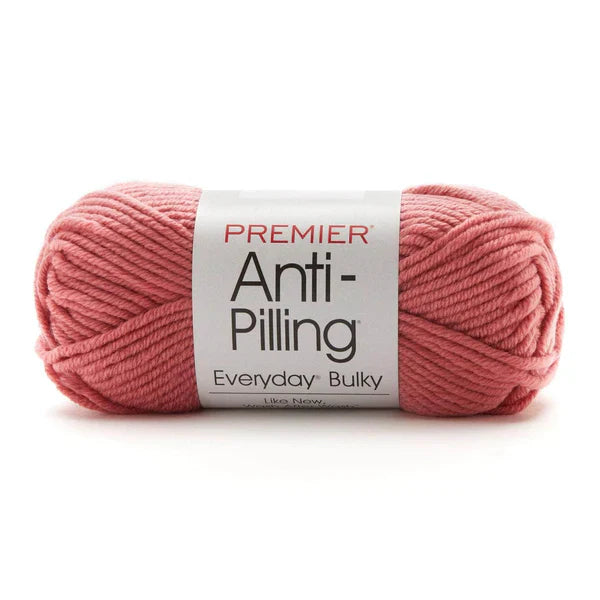
Anti-pilling
Share
Anti-pilling refers to treatments or processes applied to fabrics to prevent the formation of pills—small, tangled balls of fiber that appear on the surface of textiles due to wear, friction, or washing. Pilling occurs when loose fibers on the fabric's surface become tangled and form small clumps, which can make the fabric look worn or old.
Anti-pilling techniques can include:
- Fiber Selection: Using longer, stronger fibers that are less likely to break and form pills.
- Fabric Construction: Tightly woven or knitted fabrics are less prone to pilling.
- Chemical Treatments: Applying special finishes or coatings to the fabric to reduce fiber breakage and entanglement.
- Brushing or Shearing: Removing loose fibers from the fabric surface during manufacturing.
Anti-pilling treatments are commonly used in clothing, upholstery, and other textiles to maintain a smooth, clean appearance over time.
